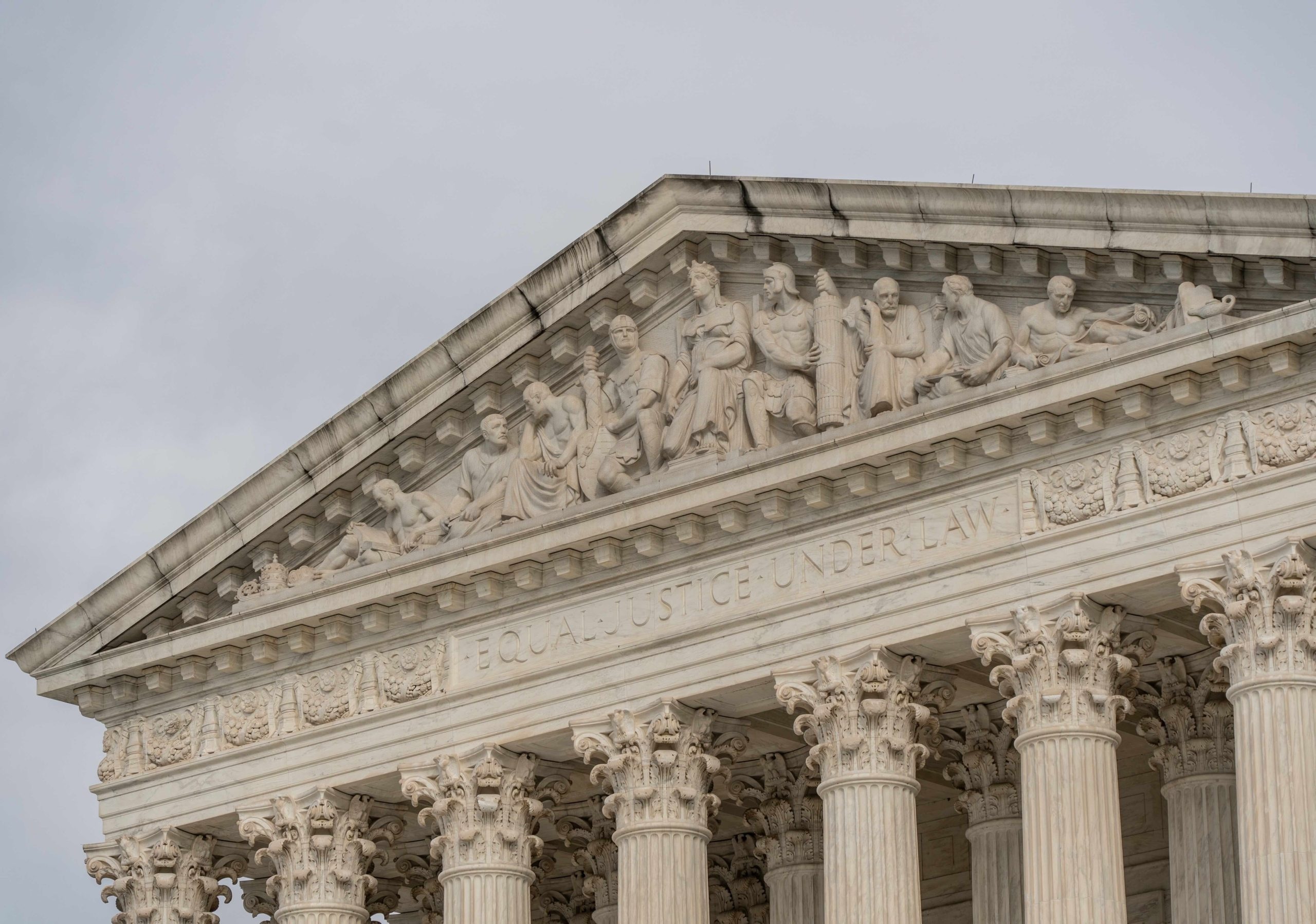A history of birthright citizenship at the Supreme Court


This article was updated on Feb. 6 at 2:04 p.m.
Shortly after being sworn into office on Jan. 20 for a second term, President Donald Trump issued an executive order ending birthright citizenship the guarantee of citizenship to anyone born in the United States. Going forward, Trump instructed, people born in the United States will not be automatically entitled to citizenship if their parents are in this country either illegally or temporarily.
Three days later, a federal judge in Seattle temporarily barred the Trump administration from enforcing the order. Senior U.S. District Judge John Coughenour, a Reagan appointee, had told a Justice Department lawyer during a hearing that Trumps order was blatantly unconstitutional.
On Wednesday, indicating that the Supreme Court has resoundingly rejected the presidents interpretation of the Citizenship Clause of the 14th Amendment, a federal judge in Maryland separately blocked the Trump administration from enforcing the Jan. 20 executive order while a lawsuit brought there by immigrants rights groups and several pregnant women moves forward. According to a report by The Hill, U.S. District Judge Deborah Boardman, a Biden appointee, emphasized at the end of a hearing on Wednesday that no court in the country has ever endorsed the presidents interpretation. This court will not be the first.
And on Thursday, Coughenour extended his ban on the Trump administration enforcing the order anywhere in the country. After a brief hearing, Coughenour described birthright citizenship as a fundamental constitutional right. Saying that it is ever more apparent that the rule of law is but an impediment to Trumps policy goals, he concluded that the Constitution is not something with which the government may play policy games.
Still more challenges to the Jan. 20 order have been filed in Massachusetts, New Hampshire, and the District of Columbia.
Birthright citizenship was explicitly added to the Constitution in 1868 when the 14th Amendment was adopted following the Civil War. The United States is one of roughly 30 countries, including neighboring Canada and Mexico, that offer automatic citizenship to everyone born there.
Coughenour concluded that there is a strong likelihood that the challengers in the Seattle case the states of Washington, Arizona, Illinois, and Oregon will succeed on the merits of their claims that the Executive Order violate the Fourteenth Amendment to the Constitution, which says, as relevant here, that [a]ll persons born or naturalized in the United States, and subject to the jurisdiction thereof, are citizens of the United States and of the State wherein they reside.
The litigation over Trumps executive order is likely to focus on what it means for someone to be subject to the jurisdiction of the United States. The 14th Amendment was intended to overrule one of the Supreme Courts most notorious decisions, its 1857 ruling in Dred Scott v. Sandford. Scott was born enslaved in Virginia and was later sold to an army surgeon who took his slaves with him to army postings in parts of the United States where slavery was prohibited. When Scott returned to Missouri, he filed lawsuits in federal court, seeking freedom for himself and his family. By a vote of 7-2, the Supreme Court threw out his case. It held that a Black person whose ancestors were brought to this country and sold as enslaved persons was not entitled to any protection from the federal courts because he was not a U.S. citizen.
Four decades later, the Supreme Court ruled that the 14th Amendment guarantees U.S. citizenship to anyone born in the United States. The decision came in the case of Wong Kim Ark, who was born in San Francisco to parents of Chinese descent. When he returned to the United States from a visit to China in 1895, immigration officials would not allow him to enter the country on the ground that he was not a U.S. citizen.
By a vote of 6-2, the Supreme Court agreed with Wong that he was a U.S. citizen. Writing for the majority, Justice Horace Gray explained that although the main purpose of the 14th Amendment had been to establish the citizenship of Black people, including former enslaved persons, born in the United States, the amendment applies more broadly and is not restricted by color or race. Instead, he wrote, the amendment affirms the ancient and fundamental rule of citizenship by birth within the territory, in the allegiance and under the protection of the country, including all children here born of resident aliens.
There have historically been only a few exceptions to that general rule, Gray continued for example, the children of hostile enemies who are occupying the country, and the children of foreign diplomats, as well as (until 1924) some Native Americans.
Chief Justice Melville Fuller dissented, joined by Justice John Marshall Harlan. In his view, Wong was not a U.S. citizen because he could not be completely subject to the jurisdiction of the United States: As Chinese citizens, his parents had a duty to the emperor of China, and a federal law, the Chinese Exclusion Act of 1882, barred them from becoming U.S. citizens. So although the 14th Amendment may have been intended to establish citizenship for Black people in the United States, Fuller reasoned, it was not designed to accord citizenship to people like Wong.
In other words, Fuller concluded, the Fourteenth Amendment does not exclude from citizenship by birth children born in the United States of parents permanently located therein, and who might themselves become citizens. But on the other hand, Fuller continued, the amendment also does not arbitrarily make citizens of children born in the United States of parents who, according to the will of their native government and of this Government, are and must remain aliens.
In 1982, the Supreme Court interpreted a separate but similar clause of the 14th Amendment to have an equally expansive scope. In Plyler v. Doe, the justices ruled, by a vote of 5-4, that a Texas law barring undocumented immigrants from attending public school violates a provision of the amendment that prohibits a state from denying to any person within its jurisdiction the equal protection of the laws.
In an opinion by Justice William Brennan, the court rejected the states argument that undocumented immigrants were not persons within its jurisdiction and therefore not covered by the equal protection clause. The phrase within its jurisdiction confirms, Brennan explained, the understanding that the protection of the Fourteenth Amendment extends to anyone, citizen or stranger, who is subject to the laws of a State, and reaches into every corner of a States territory. This includes, Brennan stressed, people who entered the United States without proper documentation: While they are in a state, he reasoned, they are both subject to the full range of obligations imposed by the states laws and entitled to the equal protection of the laws that a State may choose to establish.
In its brief opposing a preliminary injunction that would bar the Trump administration from enforcing the executive order, lawyers for the Department of Justice emphasized that the Supreme Court in Wongs case had repeatedly relied on the fact that Wongs parents were permanent residents of the United States. By contrast, the government argued, the U.S.-born children of undocumented immigrants and temporary visitors to the United States are not subject to the jurisdiction of the United States because they have permanent residence in, and owe a measure of allegiance to, their parents home country.
This article was originally published at Howe on the Court.
Posted in Cases in the Pipeline
